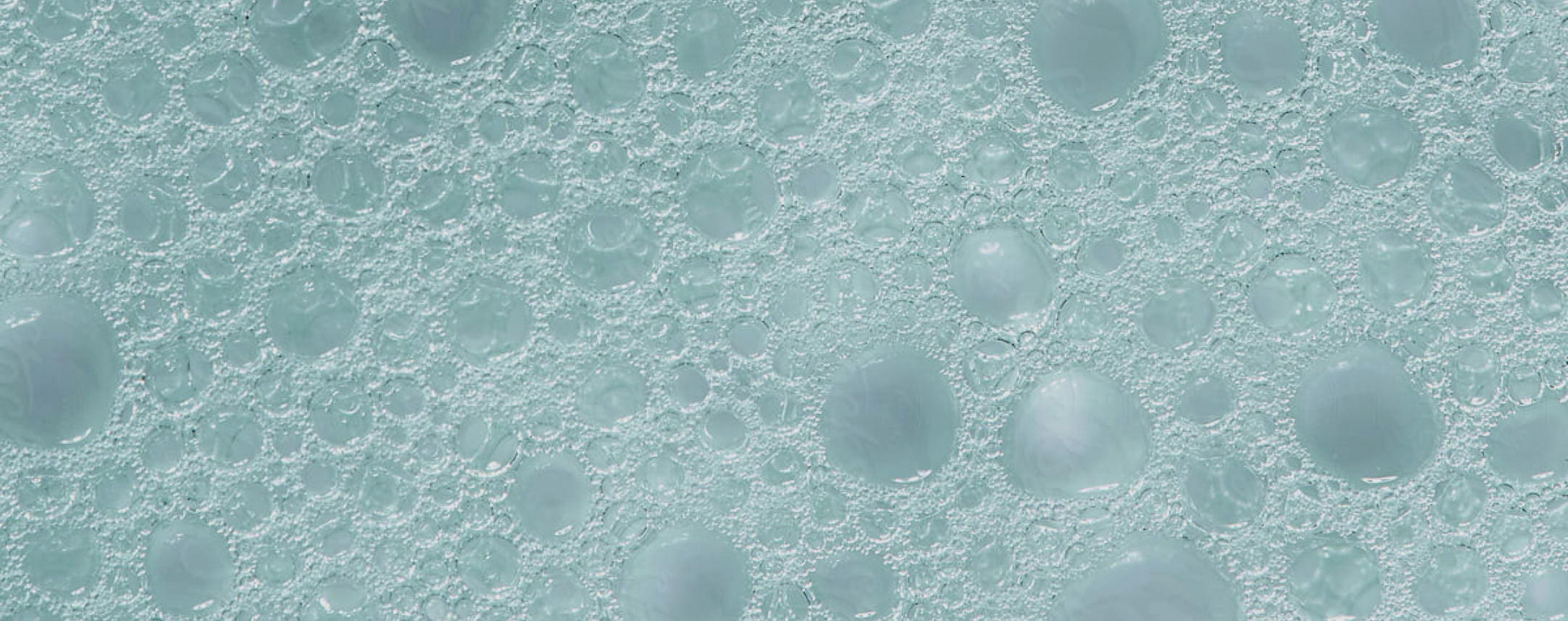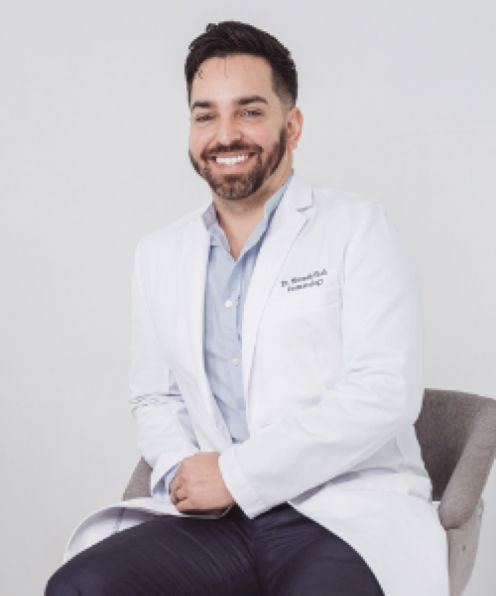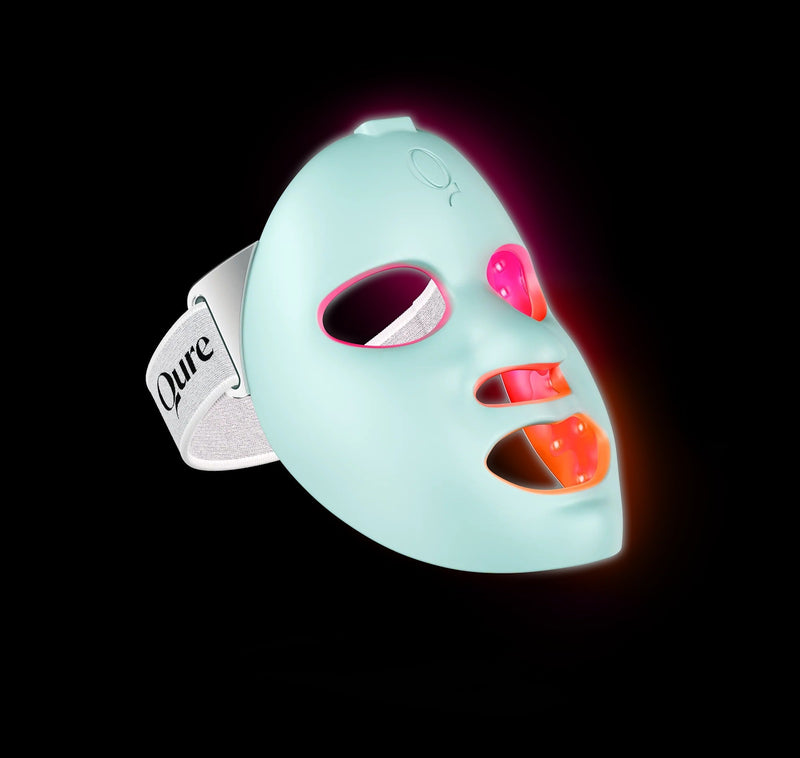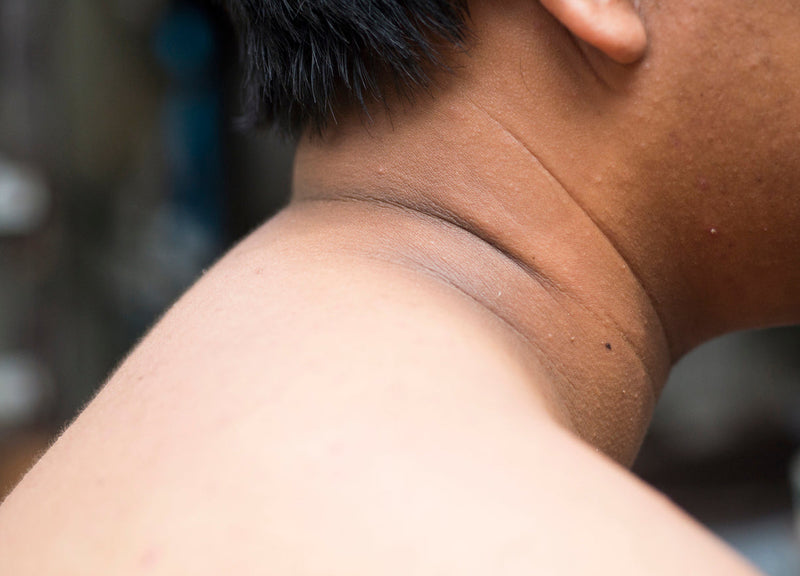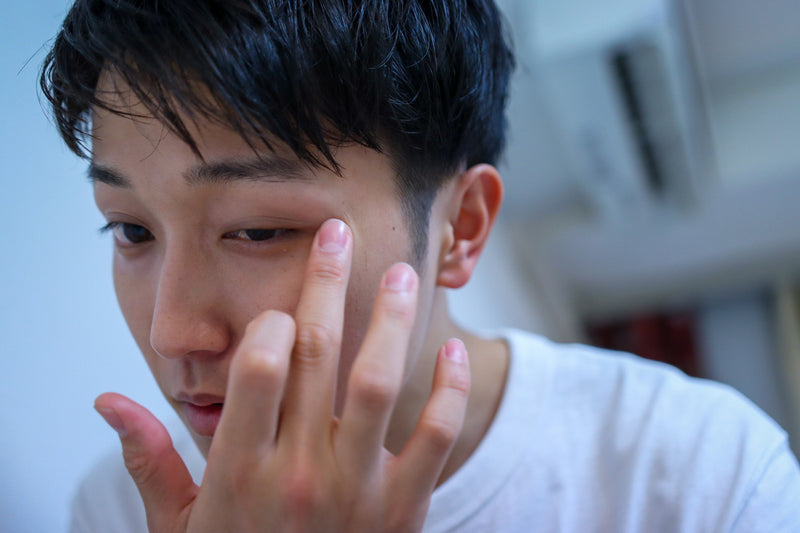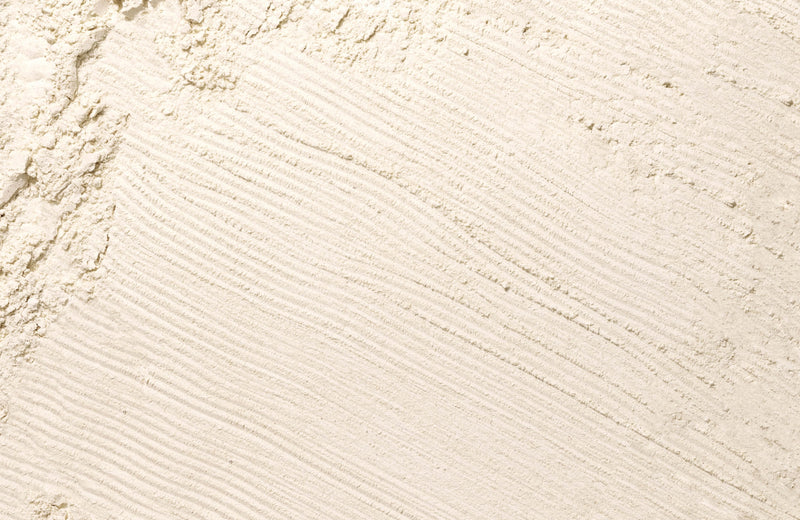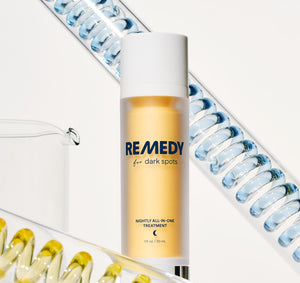Sebaceous filaments appear as black dots on the nose and t-zone of the face and are commonly mistaken for blackheads. They are caused by oil (sebum) and dead skin cells that build up in pores.
What are sebaceous filaments?
Sebaceous filaments are accumulations of oil, produced by our sebaceous glands, combined with dirt, debris, and gunk that can accumulate in your pores over time.
How do sebaceous filaments make your pores appear larger?
When sebaceous filaments accumulate excessively, they expand the diameter of your pores making them look more obvious. The goal is not to let them build up to this extent. While it may be satisfying to watch videos of pore strips removing them, this is a reactive approach and not the best way to manage sebaceous filaments long term.
Which ingredients are best for sebaceous filaments?
Salicylic Acid: Salicylic acid is a lipophilic acid that can dissolve oil and cleanse the pores. It works as a mild exfoliant, removing dead skin cells and oil buildup. It is an excellent choice for keeping sebaceous filaments in check.
Retinoids: Retinoids, such as retinol or prescription tretinoin, consistently decrease oil production and increase skin cell turnover. This helps prevent excessive sebum buildup and reduces the appearance of large pores.
Niacinamide: Niacinamide is known to regulate oil production and can be easily incorporated into your skincare routine. Studies have shown niacinamide to decrease the appearance of pores, especially when combined with kinetin.
Simple Routine to Eliminate Sebaceous Filaments:
| Cleanse | Use an oil based cleanser to soften and dissolve sebaceous filaments. Alternatively, look for a cleanser with salicylic acid. |
| Treat | Apply a combination of retinol, salicylic acid, and niacinamide. |
| Protect |
Apply a gel based moisturizer with perlite to help absorb oil at night. In the morning, look for a sunscreen with niacinamide like EltaMD UV Clear. |
